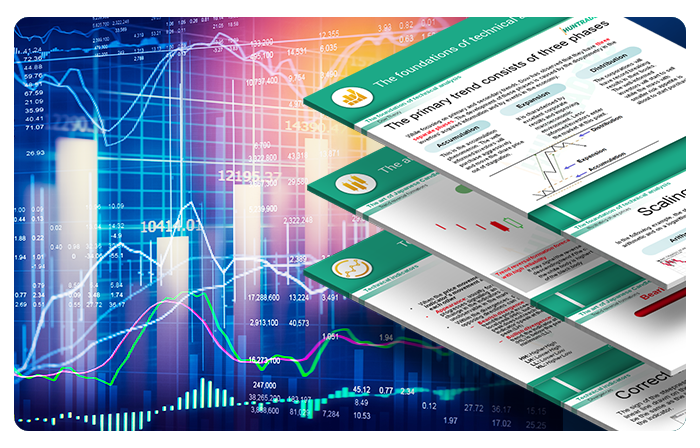Options are financial derivatives that give the buyer the right, but not the obligation, to buy or sell an underlying asset at a predetermined price (strike price) within a specified time period. There are two main types of options: call options and put options.
A call option gives the buyer the right to buy the underlying asset at the strike price, while a put option gives the buyer the right to sell the underlying asset at the strike price.
Options are often used for hedging purposes or for speculative trading, where traders aim to profit from price changes in the underlying asset. In both cases, options can be used to manage risk and potentially increase returns.
This lesson includes the basic strategies of options, the participants of the options market, and the relationship between margin and leverage. The life cycle of options, their expiration cycles, and the P/L analysis methods are also described. In other words, every essential basic information to understand option trading.


















